| Plant Habit: | Tree |
| Life cycle: | Perennial |
| Sun Requirements: | Full Sun Full Sun to Partial Shade |
| Water Preferences: | Wet Wet Mesic Mesic Dry Mesic Dry |
| Soil pH Preferences: | Very strongly acid (4.5 – 5.0) Strongly acid (5.1 – 5.5) Moderately acid (5.6 – 6.0) Slightly acid (6.1 – 6.5) Neutral (6.6 – 7.3) Slightly alkaline (7.4 – 7.8) Moderately alkaline (7.9 – 8.4) |
| Minimum cold hardiness: | Zone 2 -45.6 °C (-50 °F) to -42.8 °C (-45°F) |
| Maximum recommended zone: | Zone 6b |
| Plant Height: | 40-160 feet |
| Plant Spread: | 15-20 feet |
| Leaves: | Unusual foliage color Evergreen Fragrant Needled Other: Blue-green needles with sharp tips. |
| Fruit: | Other: Cones up to 2.5 inches long with thin flexible scales are green to violet, ripening to pale buff. |
| Fruiting Time: | Late summer or early fall Fall Late fall or early winter Winter |
| Flower Color: | Green Red Yellow |
| Bloom Size: | Under 1" |
| Flower Time: | Spring Late spring or early summer |
| Suitable Locations: | Xeriscapic |
| Uses: | Windbreak or Hedge Provides winter interest Useful for timber production |
| Wildlife Attractant: | Bees Birds Butterflies |
| Resistances: | Deer Resistant Rabbit Resistant Drought tolerant |
| Propagation: Seeds: | Needs specific temperature: 50ºF-75ºF Days to germinate: 30-65 days Sow in situ Start indoors Can handle transplanting Other info: Seeds are inside cones |
| Propagation: Other methods: | Cuttings: Stem Layering |
| Pollinators: | Wind |
| Containers: | Not suitable for containers |
| Miscellaneous: | Tolerates poor soil Monoecious |
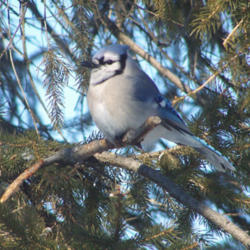
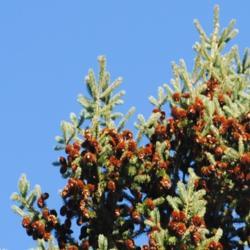
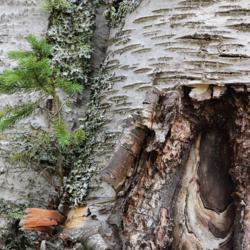

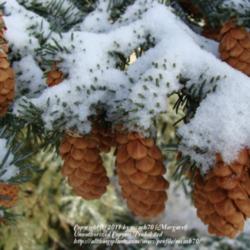

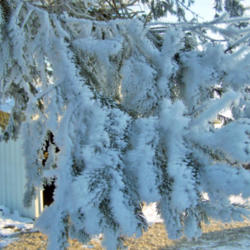

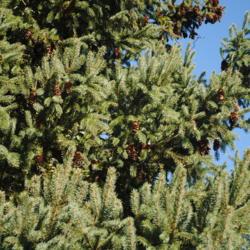
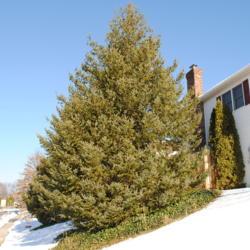


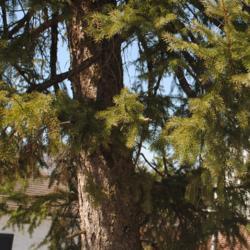
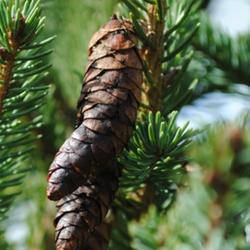
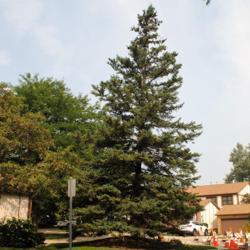
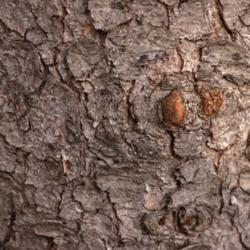
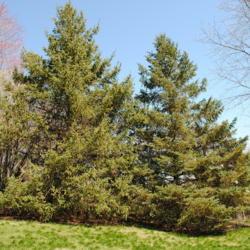
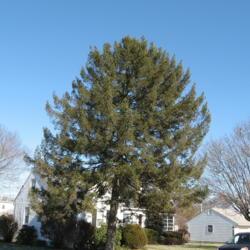
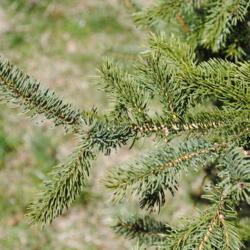

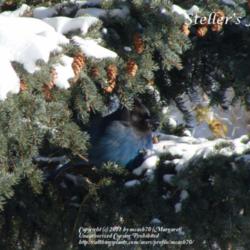
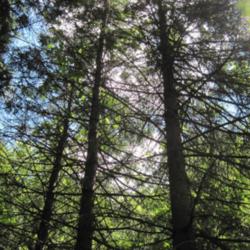
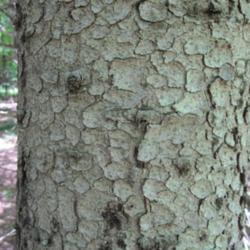

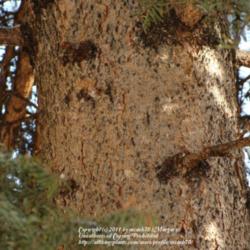

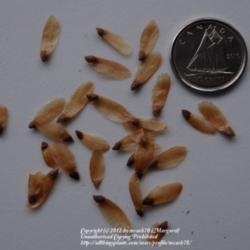
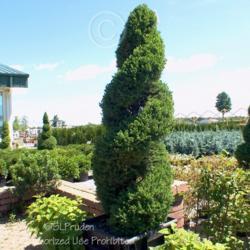
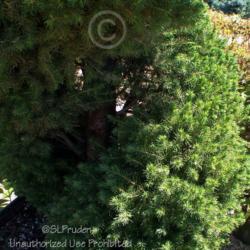


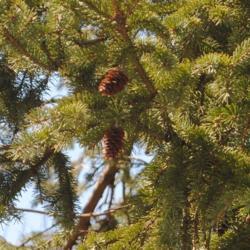
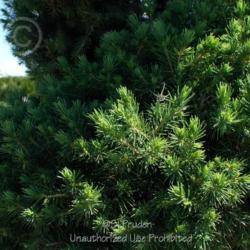
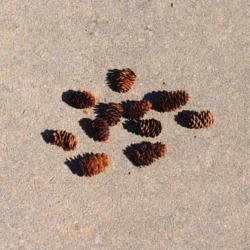
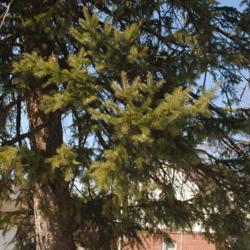
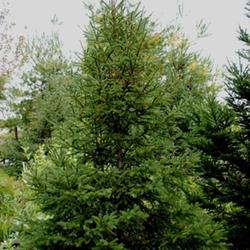
« Add a new plant to the database
» Search the Spruces Database: by characteristics or by cultivar name
« See the general plant entry for Spruces (Picea)